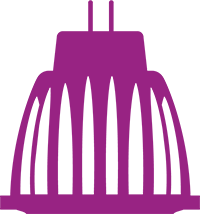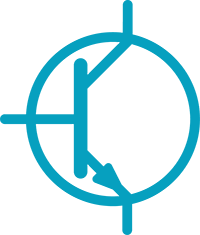Webinar on Minimum Energy Performance Standards for electric motor systems
The Leonardo Motors Academy will host a webinar on 5 November 2024 dedicated to an overview of Minimum Energy Performance Standards (MEPS) for electric motor systems worldwide.

 News
News


































